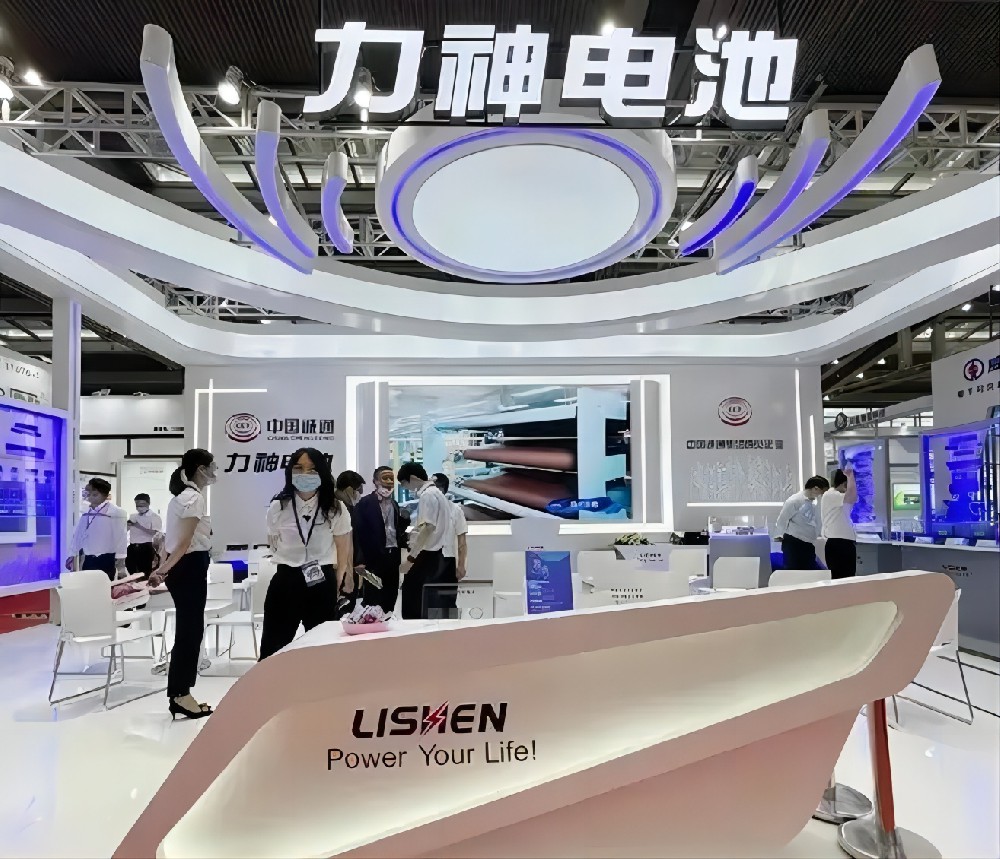Final Delivery for Chongqing Electric Bus Battery Replacement Project
Not all retired power batteries are destined to be scrapped. In fact, after testing and repair, these batteries can still be used in energy storage systems, low-speed electric vehicles and other fields to achieve "cascade utilization". Different policies introduced by various countries have gradually rationalized the recycling of used batteries. The EU's "Critical Raw Materials Act" and Germany's "National Circular Economy Strategy" have been officially released. The United States is injecting strong momentum into the battery industry through the "Infrastructure Act". The financial support of up to US$6.36 billion is like a clear spring, nourishing every link of battery manufacturing and recycling, and battery material processing. This fund has undoubtedly paved a smooth road for the green transformation and sustainable development of the battery industry.
However, the direction of the global battery industry is not static. In October 2024, an important revision of the European Union included the lithium-containing parts such as the positive electrode in lithium batteries in the category of "hazardous waste" and imposed strict restrictions on their export. Then, on March 5, 2025, the European Commission released the latest revision of the "Waste List" for battery-related waste, further tightening the export policy for key materials such as black powder.
As a country that is highly dependent on imports of resources such as lithium, cobalt, and nickel, my country's standardized, large-scale, and professional recycling of retired power batteries is not only related to environmental safety, but also a key link in alleviating external dependence on resources and promoting the healthy development of the new energy vehicle industry. my country must strengthen the recycling of retired power batteries, which is not only a necessary means to eliminate safety hazards and solve environmental problems, but also an effective way to reduce external dependence on upstream resources in the new energy vehicle industry.







